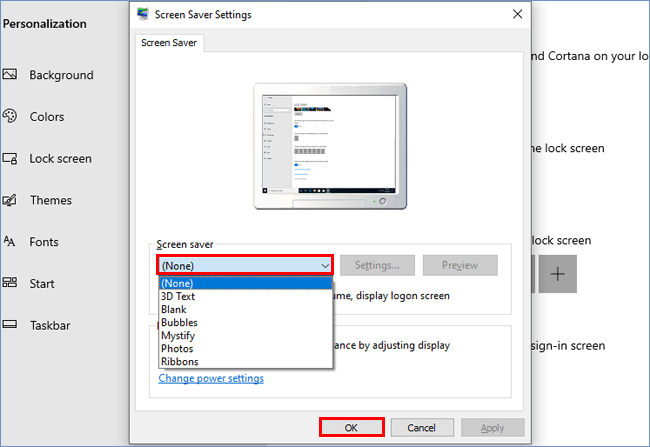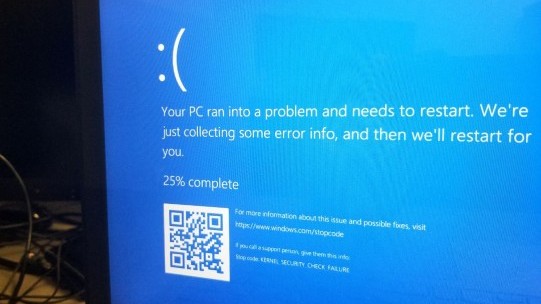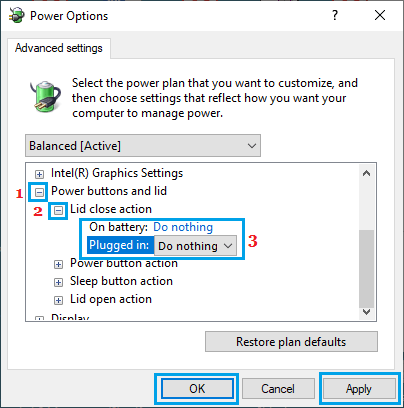
Hope this helps, I will try to gather more information as to what else may be causing your issue.Įdit: Do you have any devices connected to it? like mice keyboard etc? If so can you please disconnect all them and use the laptop in a ' vanilla' state and see if issue persist.ġ.

Restart the laptop and see if the issue persist. You'll see options along the left side for ' choose what the power buttons do' & ' choose what closing the lid does' etc and change them all to do nothing.Ĥ.

Press: ' windows button + R' to bring up a run commandģ.

Is power options really, based off a screen shot you provided which I have attached please change ALL options to do nothing.ġ. Note: Please try all steps provided in the order provided.
Repeat steps 4-7 for any remaining devices in the Universal Serial Bus Controllers section with “ Root Hub” in the name.The only thing I could find in reference to your issue for. Clear the box next to Allow the computer to turn off this device to save power. Right-click the first USB Root Hub device and select Properties. Expand Universal Serial Bus controllers by clicking the arrow to the left of it. On your desktop, right-click the My Computer icon and select Properties. Click the Start button and select Control Panel. Note: You may need to disconnect and re-connect your USB device after applying these settings to re-establish the connection.  Click the plus sign (+) next to “USB settings” and “USB selective suspend setting” to expand the options and change the setting to Disabled. Click Change plan settings for the plan you want to change. Click Hardware and Sound, then click Power Options. On your keyboard, press the Windows key + X and select Control Panel. The steps below outline how to configure the USB root hub to stay on during hibernation, to prevent this from happening. If the USB device does not work after your computer has been in extended hibernation, it is likely that Windows has automatically turned off the USB Root hub to save power.
Click the plus sign (+) next to “USB settings” and “USB selective suspend setting” to expand the options and change the setting to Disabled. Click Change plan settings for the plan you want to change. Click Hardware and Sound, then click Power Options. On your keyboard, press the Windows key + X and select Control Panel. The steps below outline how to configure the USB root hub to stay on during hibernation, to prevent this from happening. If the USB device does not work after your computer has been in extended hibernation, it is likely that Windows has automatically turned off the USB Root hub to save power.








 0 kommentar(er)
0 kommentar(er)
